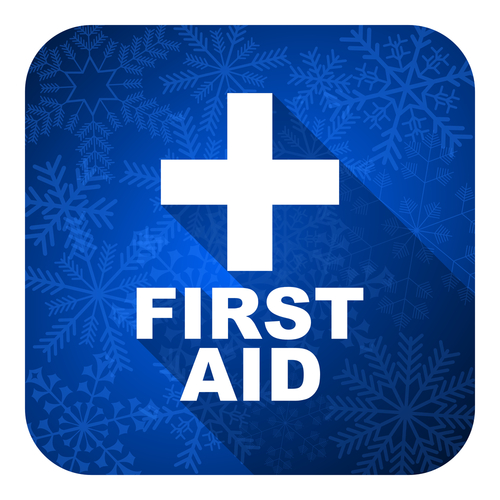Most people who work in cold conditions are aware of their risk of frostbite and hypothermia, but they may be less aware of their risk of dehydration, overexertion, and trench foot caused by cold exposure. Here’s how workers can identify these conditions and treat them appropriately.

|
Here are signs, symptoms, and first-aid recommendations for these cold-induced illnesses and injuries.
Trench Foot
Trench foot, or immersion foot, is caused when the feet are immersed in cold water at temperatures above freezing for long periods of time. It is similar to frostbite, but considered less severe. Symptoms include tingling, itching, or a burning sensation.
OSHA recommends treating trench foot by:
- Calling 911 immediately, if the situation appear to be an emergency; otherwise, seek medical assistance as soon as possible.
- Removing the shoes, or boots, and wet socks.
- Drying the feet without rubbing.
Overlooking industrial hygiene can have a devastating impact on workers’ health and your overall safety record. Join us on Thursday, February 19, and you’ll learn the basics of industrial hygiene.
Dehydration
Workers may think of dehydration as a warm-weather problem, but it is also easy to become dehydrated in cold weather. Those clouds workers breathe out are moisture escaping the body through the lungs. Dehydration can make workers more susceptible to other cold injuries, especially hypothermia.
Some symptoms of dehydration may be more difficult to distinguish during cold weather, including dry skin and dry mouth. Workers may be thirsty, but thirst is not a reliable indicator of hydration. The best indicator to use is urine output and color: Dark yellow or amber urine, and infrequent urination, are sure signs that a worker is dehydrated.
Treat dehydration by providing fluids that do not contain caffeine or alcohol. In severe cases of dehydration—if the person has not urinated for more than 12 hours, and is suffering extreme fatigue, lethargy, and confusion—get emergency medical assistance.
Attend this webinar and learn how to minimize industrial hygiene risks in your workplace, so you can keep employees from exposure-related injury and illness.
Overexertion
Workers can suffer overexertion injuries in cold weather. Cold weather places additional strain on the heart and lungs, making exertion more difficult; it also stiffens tissues, making pulls, strains, and sprains more likely. Workers who have “overdone it” in the cold can be treated with rest, ice, compression and elevation (RICE) of the pulled or strained muscle, and with over-the-counter medications.
Are you at risk of overexerting yourself at work? Give yourself a breather with the resources you can find at Safety.BLR.com®.
